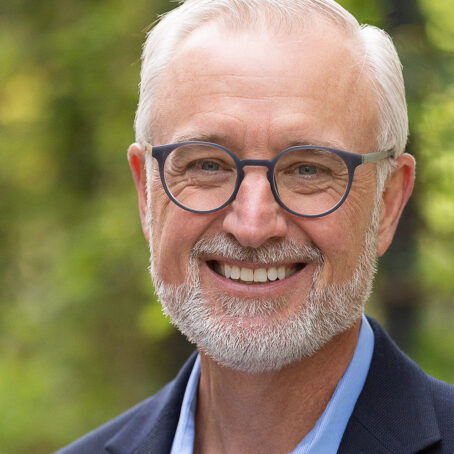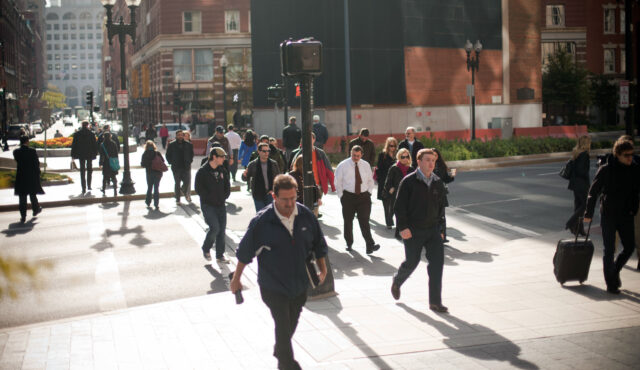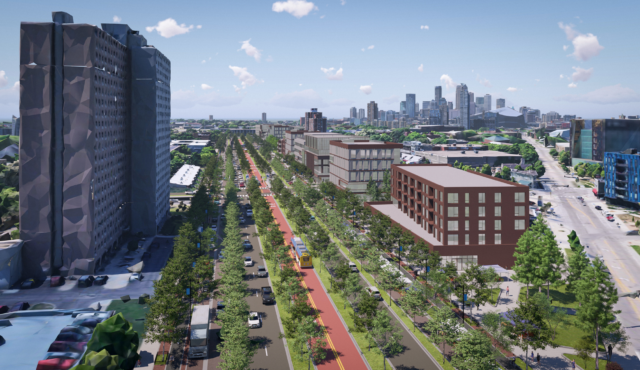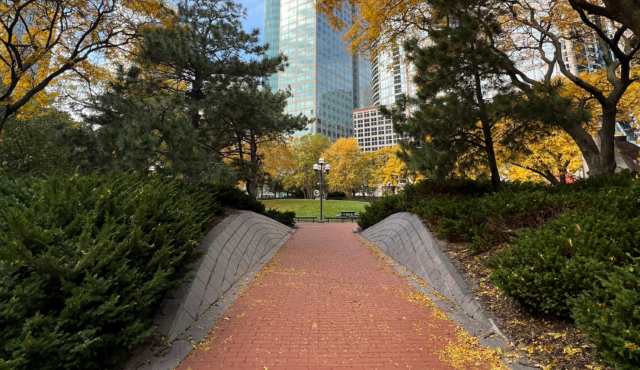The COVID-19 pandemic dramatically changed patterns of where people live, work, and travel in their communities. More people are working from home for at least part of each week, and these people are taking many more midday trips by car.
These shifting travel patterns might mean more opportunities for your community to leverage new transportation demand management strategies and encourage more sustainable mode choice. Read on for a look at the data and our top recommendations for making the most of these new trips.
Work-From-Home Trips by the Numbers
In the United States, the number of short trips (less than 3 miles) taken between 11 a.m. and 1 p.m. by those working from home increased by more than 400% between 2019 and 2022. And more than 1,100 counties across the nation saw even greater growth in those types of trips — some as much as 800%.
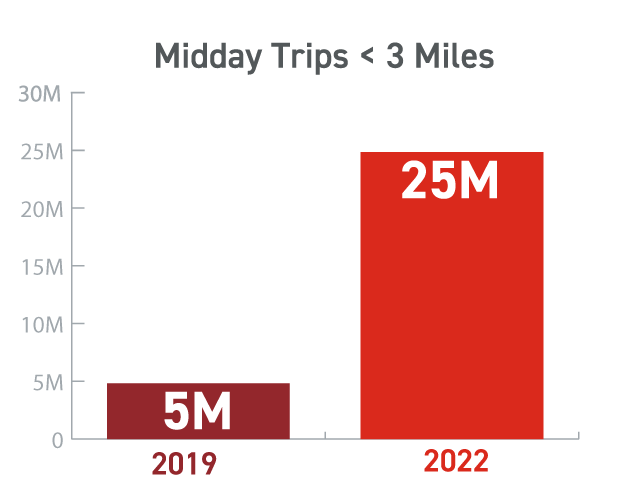
We wanted to know more, so GIS analyst Hugh Kelley and I dug deeper into the numbers. Using data from Replica, we looked at changes and trends in the trip activity of people working from home in three metropolitan areas: Atlanta, GA, Sacramento, CA, and Minneapolis and Saint Paul, MN*. We paid special attention to midday patterns since, prior to the pandemic, workers had less flexibility about when and where they could run errands or make other quick outings.
Across all three metro areas, car trips by home workers increased dramatically. The three metro areas combined saw an increase of 418% in short, midday car trips by those working from home.
At the same time, bicycle and pedestrian volumes also increased. Across the three metro areas, midday walking trips by people working from home rose by more than 350%, and those by bike rose by more than 260%. As promising as those percentage increases sound, the actual volume of these trips made people walking or biking is far lower than similar trips made by car.
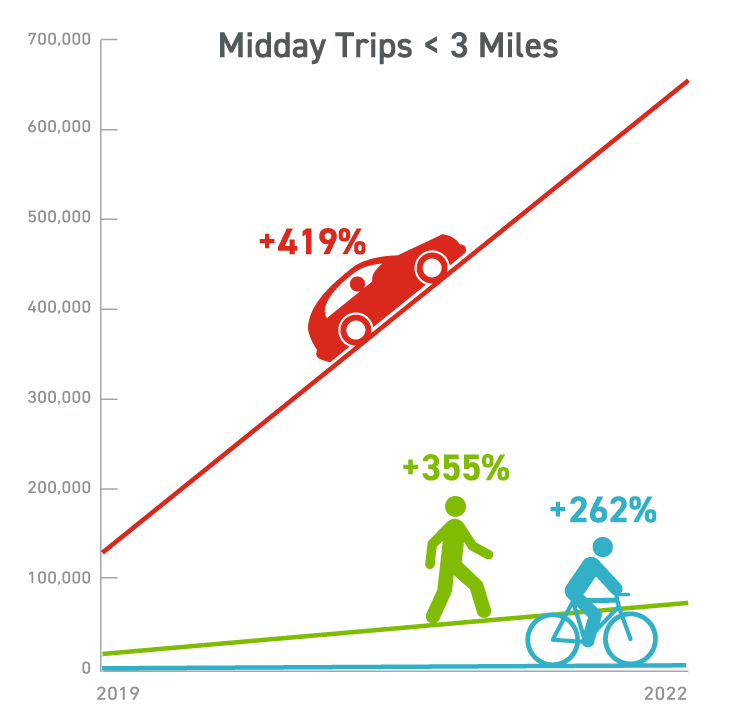
The Impact and Opportunity of Short, Midday Trips
Why do we care about this shift in weekday travel patterns among people working from home? The first reason has to do with the impact: People are still driving a lot, just in shorter, midday bursts instead of longer peak-hour commutes. These new trips are contributing to greenhouse gas emissions, exposure to crash risk, wear and tear on our roadways, and other health and environmental impacts.
The second reason is that the nature of these trips brings an enormous opportunity for mode shift. With the right leadership, infrastructure, and incentives, many of these short, midday car trips could be converted to more sustainable modes.
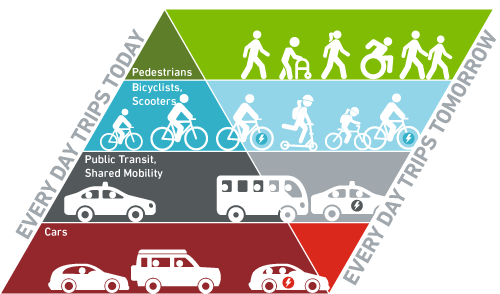
6 Ways to Encourage Midday Mode Shift
As experts in sustainable travel and transportation demand management (TDM), Toole Design staff can help communities plan with these new travel patterns in mind and convert some of these midday car trips to walking, biking, or transit trips. Here are our top recommendations for encouraging a mode shift toward active transportation:
- Reevaluate your city’s TDM program. Many large cities or regions are spending a lot of money to operate TDM programs focused on commuter trips during peak periods to and from job centers. If you haven’t already, it’s time to reboot those programs to reflect the post-pandemic shifts in travel. For example, Chittenden County in Vermont recently hired Toole Design to assess the region’s current needs and unique growth patterns and to develop an actionable plan for meeting their aggressive targets for reducing vehicle miles traveled and greenhouse gas emissions.
- Understand the travel trends in your community. Study origin-destination data to dig deeper into where people are going in your community, especially in the middle of the day. If you know which local businesses are popular destinations, then you can engage them as partners in helping to encourage mode shift. Tactics can include bike benefits for customers, added bike parking, or even simple gestures like providing water for dogs.
- Close gaps in your active transportation network. Once you know where people are going on their midday trips, consider how appealing (or not) their active transportation options are. Use a bicycle level-of-traffic-stress analysis to identify low-stress “islands” and close gaps in the network. Even short segments of high-stress biking (such as on arterials or collectors) can deter an interested-but-concerned rider. We address such concerns in our work for the Fort Collins TDM Plan, scoring areas based on how well residents could reach popular destinations and illustrating gaps to be addressed in both the pedestrian and bicycle networks.
- Launch an e-bike rebate program. E-bikes are a fast-growing solution for short trips, and they appeal to a much broader cross section of the population than conventional bikes. Already in many U.S. cities, providing discounts or rebates has proven to be a powerful tool to make e-bikes a realistic option for many people. We have worked with communities throughout North America to integrate e-bikes into transportation plans, educate the public on e-bike safety and benefits, and advise on e-bike policies and incentive programs.
- Think strategically about parking. To encourage more walking and biking for short, midday trips, those modes need to be as — or more — appealing than driving. Parking can be a tool for changing people’s assumptions around how they should travel to a particular destination. By charging for public parking spaces or by limiting how much parking is required in commercial districts, cities can rebalance patrons’ travel behaviors. We are helping Aspen, CO, explore these strategies right now through their Aspen Gets Us There project.
- Seize design opportunities when they arise. When it’s time to build or resurface a suburban street or road, this is an opportunity to create facilities that serve TDM goals in areas that have not traditionally been treated that way. There are many metrics other than long-term traffic projections — like safety, access, equity, and livability — that are being successfully applied in roadway design decisions. For example, the Montgomery County Complete Streets Design Guide caps the number of travel lanes for each street type. While 20-year projections will still play a role in the County’s planning, the cap serves as a limit on road widening and is part of a broader investment in a connected network of bikeways, transitways, and pedestrian access.
These are just a few of the solutions that have helped cities and towns of all sizes encourage a shift in travel modes. But there is not a one-size-fits-all approach for responding to changes in our communities as the result of the COVID-19 pandemic. Across — and even within — the three metro areas we studied, there were notable differences in the numbers of people working from home and their travel patterns.
With so much variation, it is essential to look at a given community in detail to see how things have changed there and develop solutions tailored to their specific needs. At Toole Design, we continue to deepen our understanding of the shifting trends and work with communities across North America to find the right solution for them.
* The metro areas we looked at included the following counties: Sacramento County, CA; Fulton County, GA; Cobb County, GA; Douglas County, GA; DeKalb County, GA; Hennepin County, MN; Ramsey County, MN
